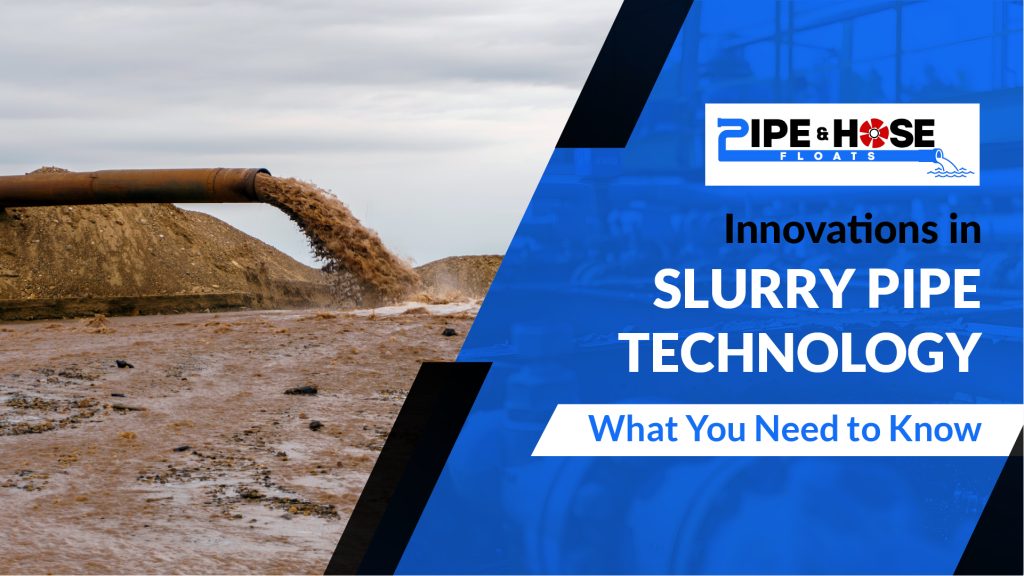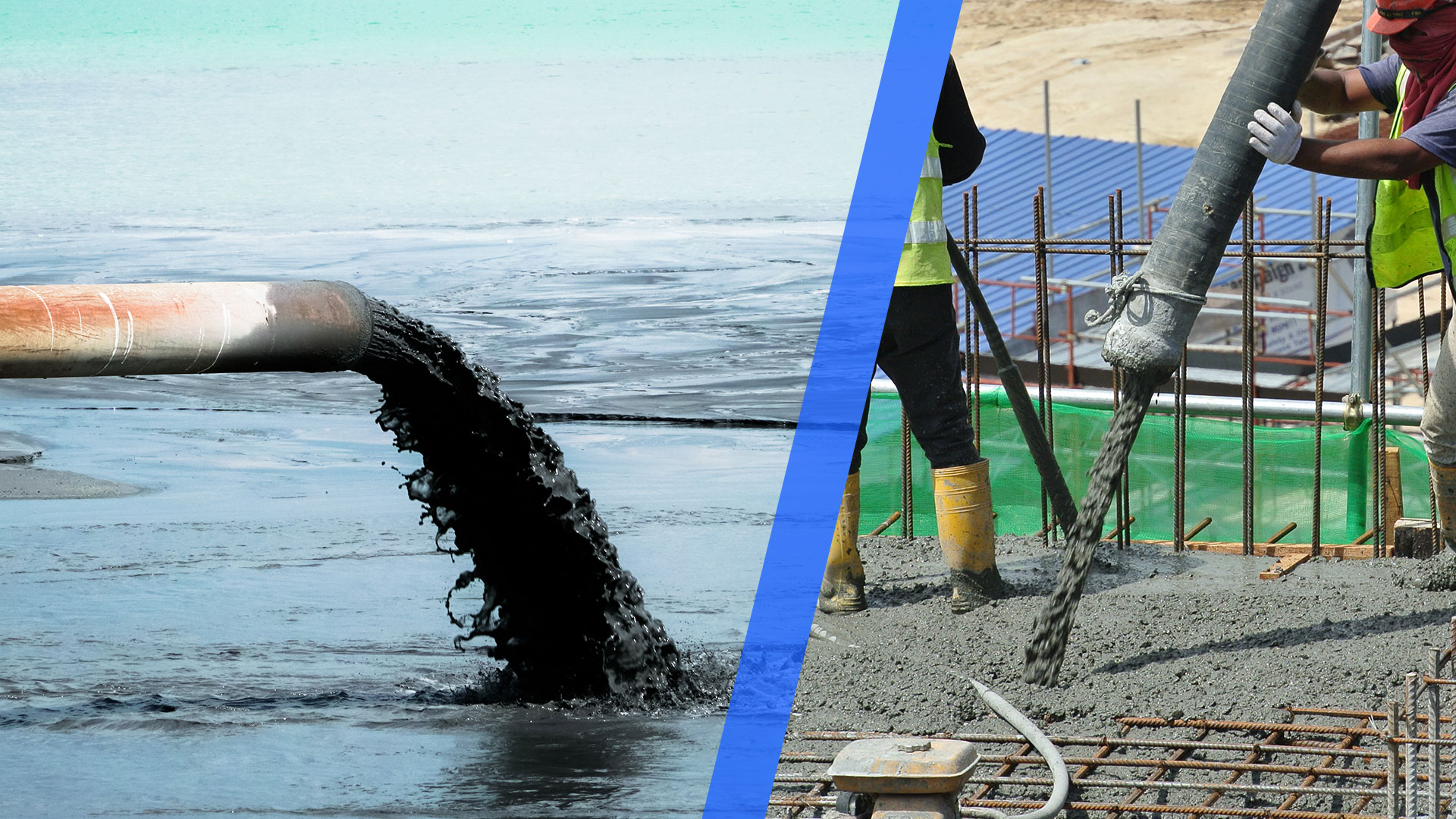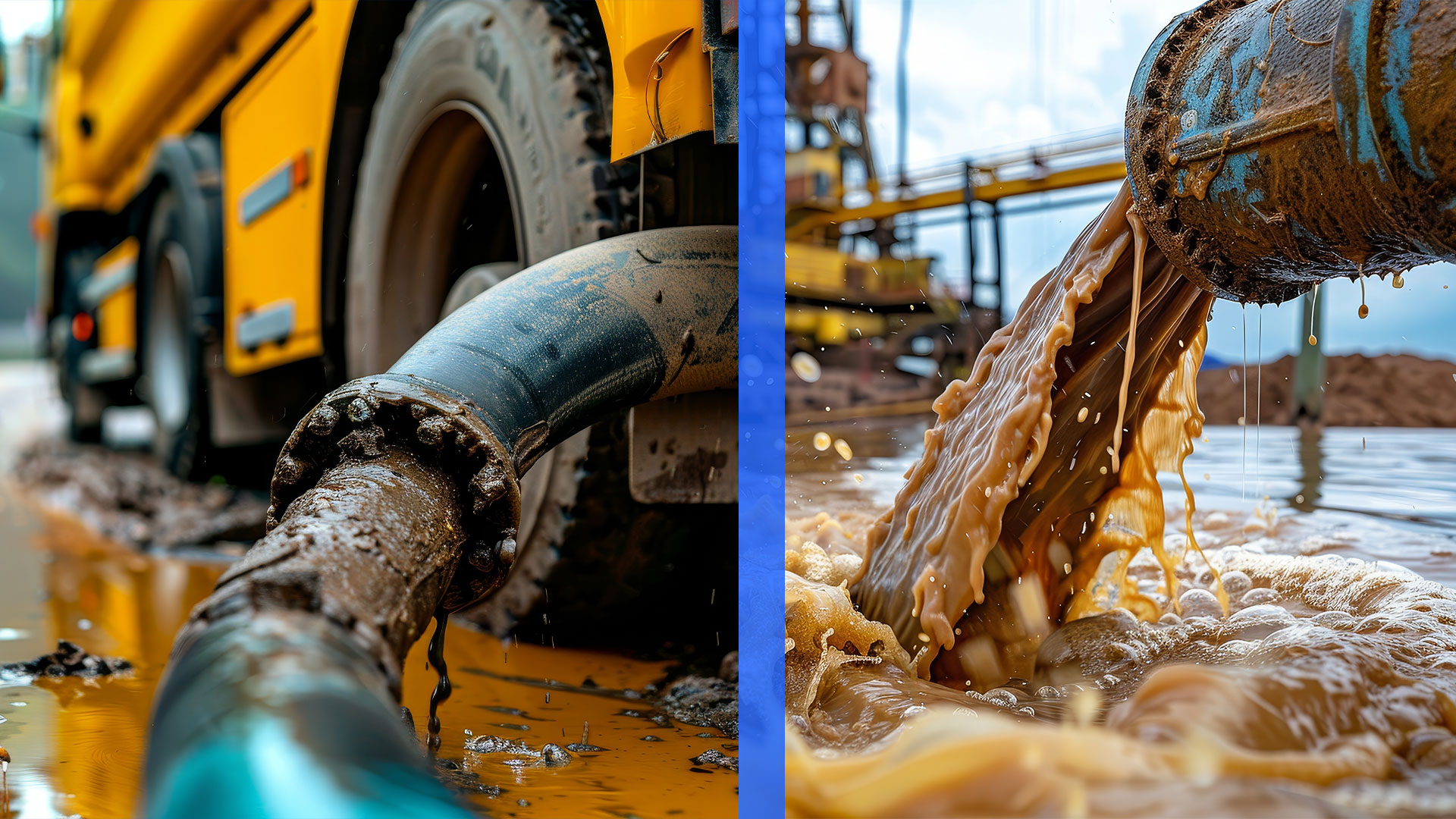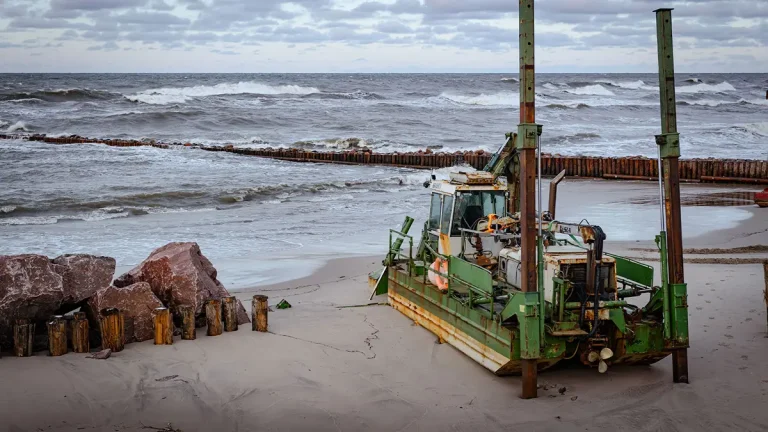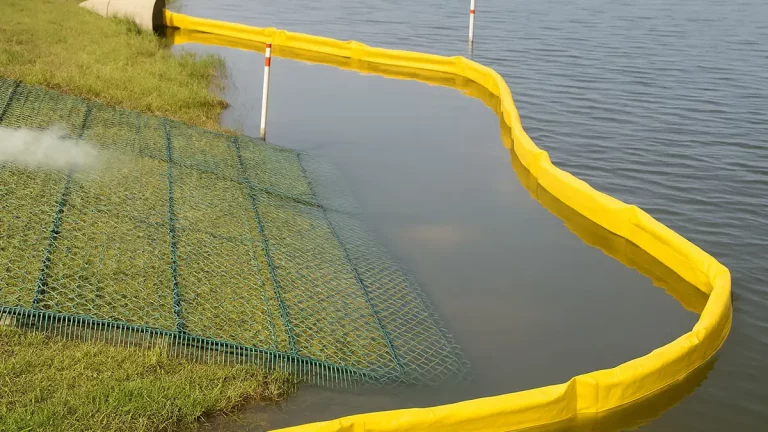A slurry pipe is designed to transport abrasive and corrosive materials over long distances. They play a pivotal role in industries like mining, where they move mineral concentrates, and in construction, where they are used for concrete pumping. Despite their essential role, traditional slurry pipe faces several challenges, such as frequent wear, material degradation, and high energy consumption due to friction and turbulence in the flow.
Addressing these issues has been a focus for engineers and material scientists, leading to breakthroughs in slurry pipe technology. By improving the durability and efficiency of these systems, industries can minimize operational downtime and reduce costs, making slurry pipe innovations a game-changer for industrial operations.
Recent Innovations in Slurry Pipe Technology
1. Advancements in Materials Science
One of the most significant developments in slurry pipe technology is the use of advanced materials. Traditional materials like steel and cast iron, though robust, are susceptible to wear and corrosion when exposed to abrasive slurries. Recent innovations include:
- Wear-Resistant Alloys: New alloy compositions with added chromium or nickel provide enhanced resistance to abrasion and impact.
- Composite Materials: Pipes made with composite materials, such as reinforced polymers, offer lightweight solutions with excellent resistance to both corrosion and wear.
- Ceramic Linings: Ceramic-lined pipes provide unmatched durability for transporting highly abrasive materials.
This material not only extends the lifespan of slurry pipe but also reduces maintenance costs and downtime, making them a preferred choice in high-demand applications.
2. Enhanced Pipe Designs
Innovative design enhancements have significantly improved the performance of slurry pipe systems. Traditional straight pipes often result in turbulence, leading to energy loss and increased wear. Modern designs focus on:
- Optimized Geometries: Curved and tapered designs reduce turbulence, enabling smoother flow and lowering energy consumption.
- Modular Configurations: Modular designs allow for quick assembly and disassembly, making maintenance and customization more convenient.
- Flexible Pipe Systems: Flexible slurry pipe made of advanced polymers can adapt to changing flow dynamics, reducing the risk of leaks and improving operational efficiency.
These design improvements are especially beneficial for industries that require customized solutions tailored to specific operational needs.
3. Integration of Smart Technologies
The rise of smart technologies has transformed slurry pipe systems, making them more efficient and reliable. Innovations in this area include:
- IoT-Enabled Monitoring: Sensors integrated into pipes provide real-time data on flow rates, pressure, and wear, allowing operators to monitor system performance remotely.
- Predictive Maintenance: AI-driven systems analyze sensor data to predict maintenance needs, helping industries avoid unexpected failures and reduce downtime.
- Flow Optimization Tools: Advanced software tools use real-time data to optimize slurry flow, ensuring maximum efficiency and minimal energy consumption.
By integrating smart technologies, slurry pipe systems are becoming more adaptive and cost-effective, aligning with the demands of modern industrial processes.
Efficiency Gains with New Slurry Pipe Technology
The adoption of slurry pipe innovations has led to significant efficiency gains across industries.
- Energy Efficiency: Optimized designs and smoother flow dynamics reduce energy consumption by minimizing friction and pressure loss.
- Cost Savings: Durable materials and predictive maintenance capabilities lower repair and replacement costs, providing long-term savings.
- Operational Uptime: Advanced monitoring and maintenance technologies help avoid unexpected downtimes, ensuring uninterrupted operations.
For example, in the mining industry, companies using advanced slurry pipe systems have reported reductions in energy usage by up to 30%, along with extended pipe lifespans by several years. Such improvements translate into substantial cost savings and productivity gains.
Environmental and Sustainability Benefits
Modern technology also addresses environmental concerns, making industrial operations more sustainable.
- Reduced Waste: Durable materials and longer-lasting pipes reduce the frequency of replacements, minimizing material waste.
- Lower Carbon Footprint: Energy-efficient designs decrease the carbon footprint of industrial processes by consuming less energy during operations.
- Eco-Friendly Materials: Some innovations focus on using recyclable or biodegradable materials, contributing to sustainable manufacturing practices.
These advancements align with global efforts to reduce industrial emissions and promote sustainable resource utilization. By investing in eco-friendly slurry pipe systems, industries can enhance their environmental stewardship while maintaining operational efficiency.
Choosing the Right Slurry Pipe System for Your Needs
Selecting the appropriate slurry pipe system is crucial for optimizing performance and minimizing costs. When evaluating options, consider the following factors:
- Material Compatibility: Ensure the pipe material is compatible with the type of slurry being transported to avoid corrosion and wear.
- Flow Requirements: Assess the flow rate, pressure, and distance requirements of your operation to determine the optimal pipe design and size.
- Operational Conditions: Consider environmental factors like temperature, humidity, and chemical exposure when choosing pipe materials and linings.
Customization plays a vital role in meeting specific industrial needs. Many modern slurry pipe manufacturers offer tailored solutions, allowing businesses to choose materials, designs, and smart technologies that align with their unique requirements.
Future Trends in Slurry Pipe Technology
The future of slurry pipe technology looks promising, with several emerging trends poised to reshape the industry:
- AI and Machine Learning: Advanced algorithms will continue to enhance predictive maintenance and flow optimization capabilities.
- Self-Healing Materials: Research is underway to develop materials that can repair themselves after minor damages, further extending pipe lifespans.
- 3D Printing: Additive manufacturing could revolutionize slurry pipe production by enabling highly customized designs and faster production times.
- Sustainability Focus: With increasing regulatory pressure, innovations will likely focus on creating a slurry pipe with minimal environmental impact, including biodegradable and fully recyclable options.
These trends not only promise improved performance but also align with broader technological advancements in industrial operations.
Conclusion
Innovations in this slurry pipe are revolutionizing the way industries handle abrasive and corrosive materials. From advancements in materials science to the integration of smart technologies, these developments address longstanding challenges, providing solutions that enhance efficiency, durability, and sustainability.
For industries relying on slurry pipe, adopting these innovations is more than a choice—it’s a necessity to stay competitive in a rapidly evolving industrial landscape. By investing in cutting-edge technology, businesses can achieve cost savings, improved performance, and a reduced environmental footprint, setting the stage for long-term success.

